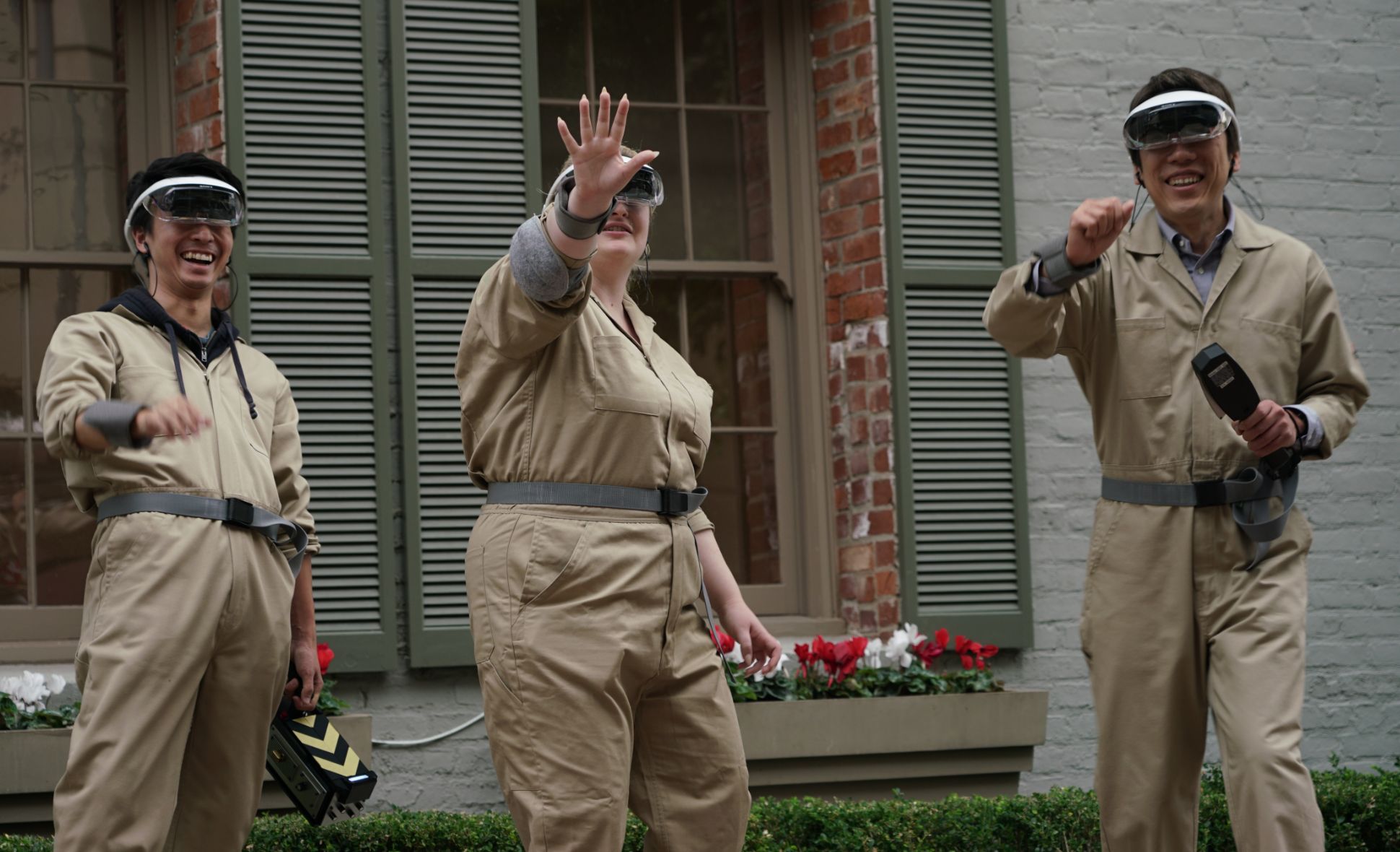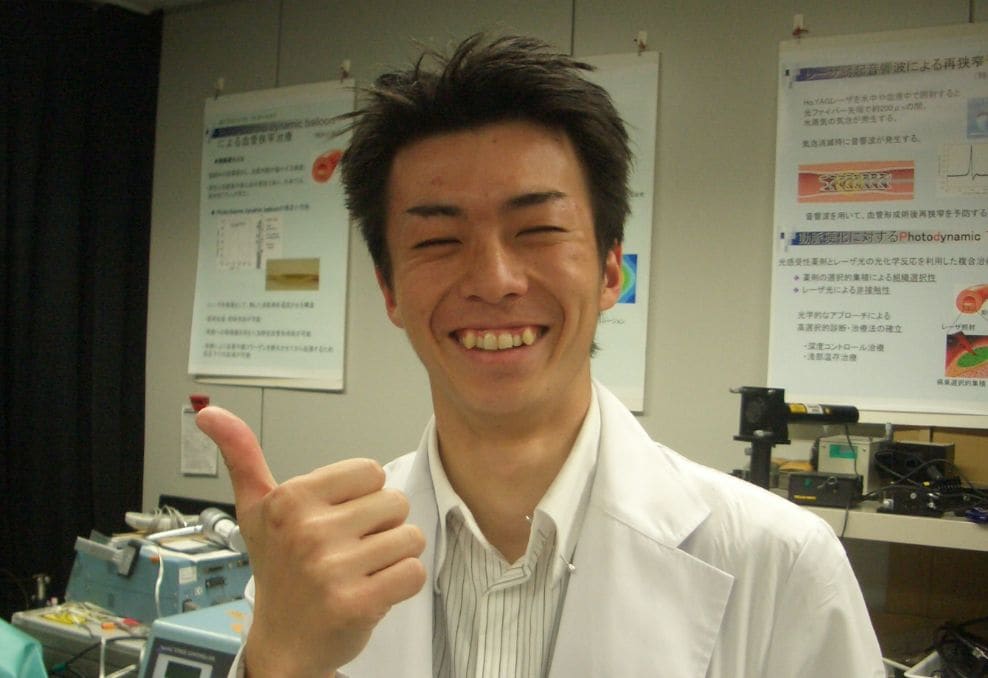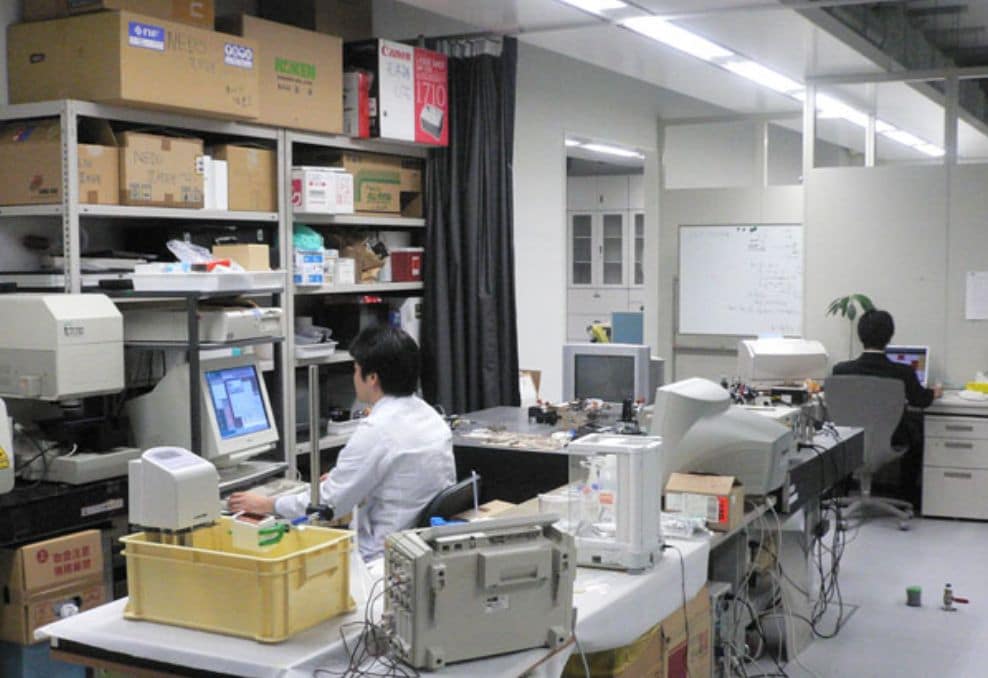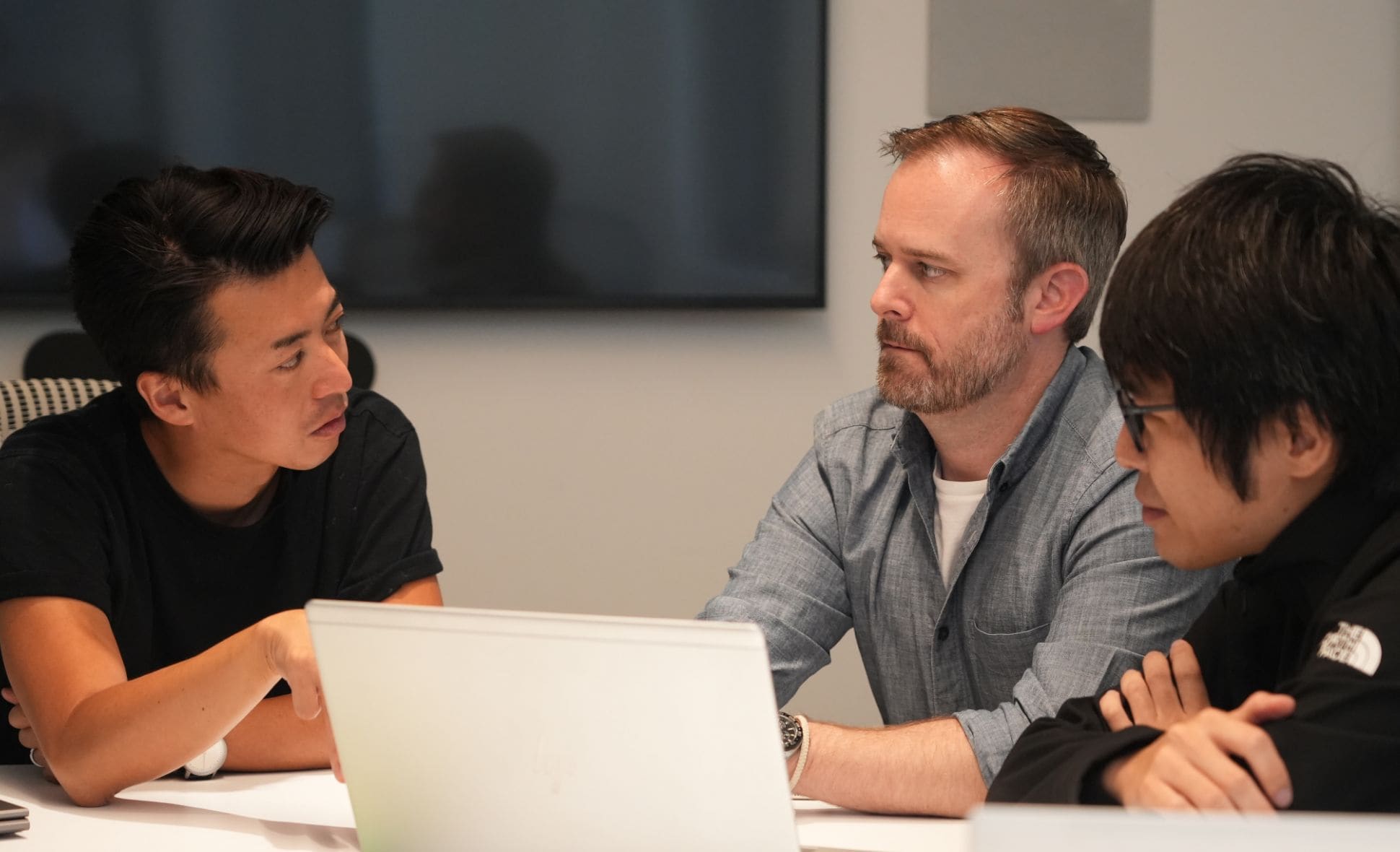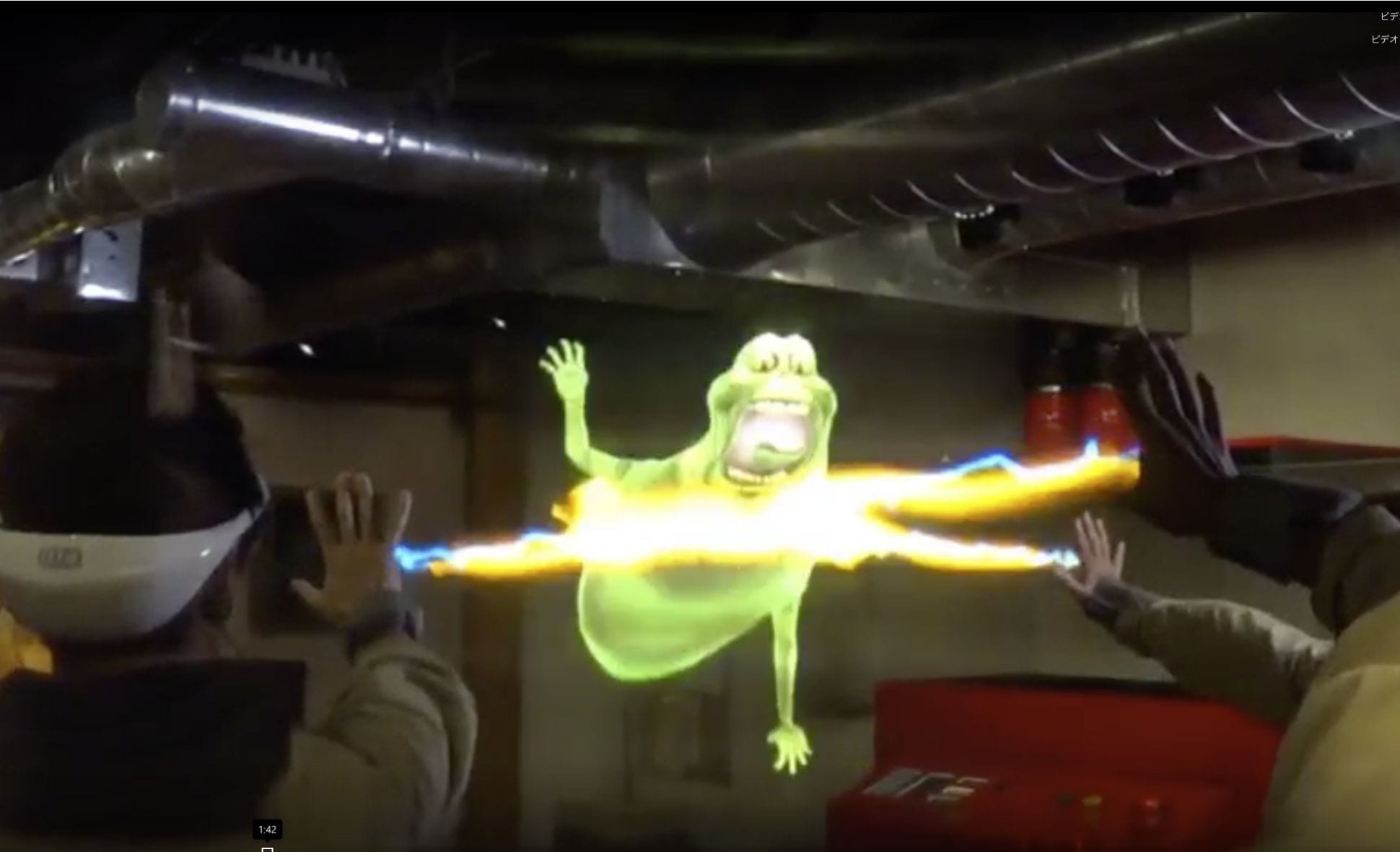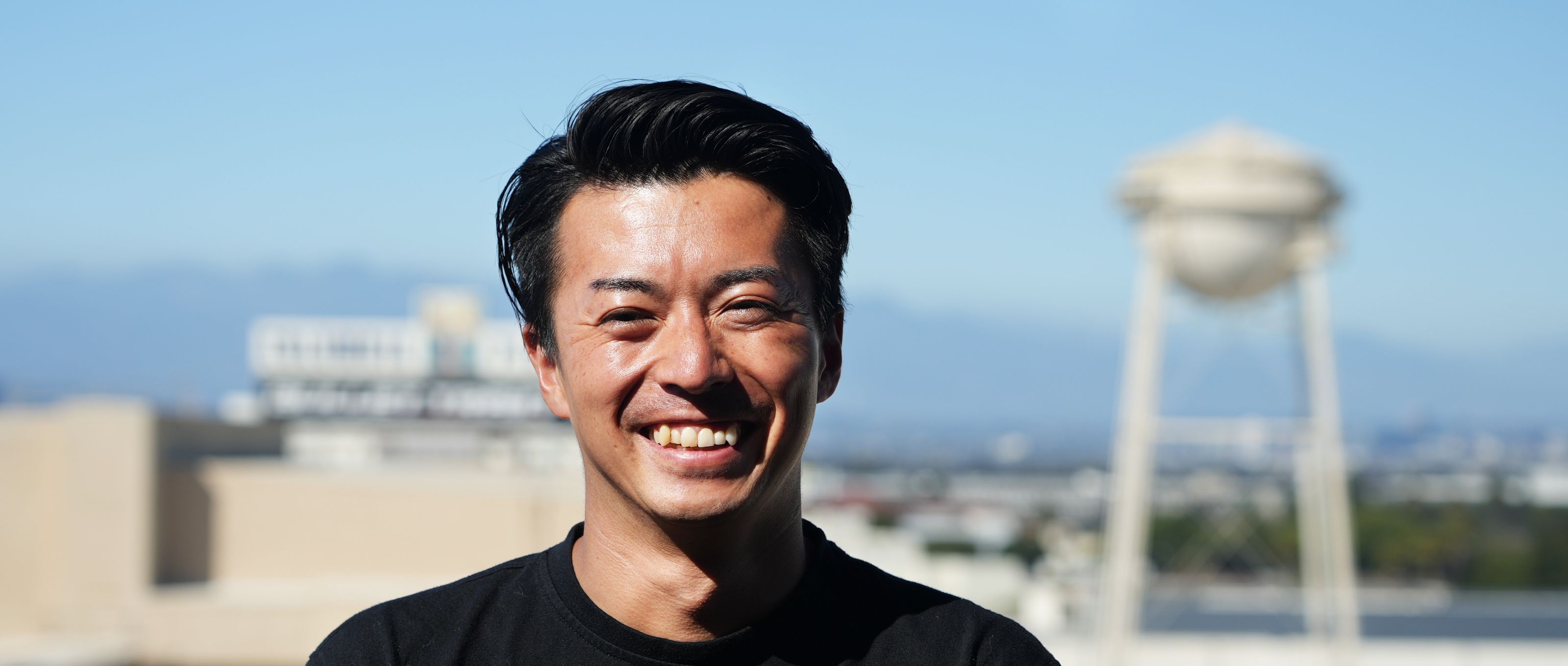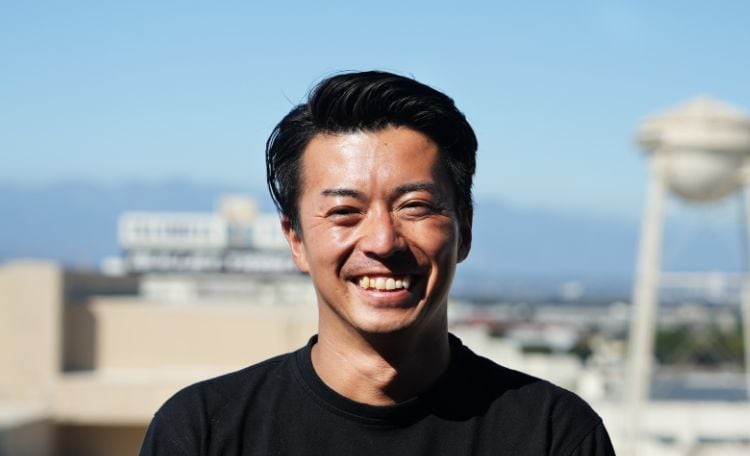work with creators
to make a world
full of joy
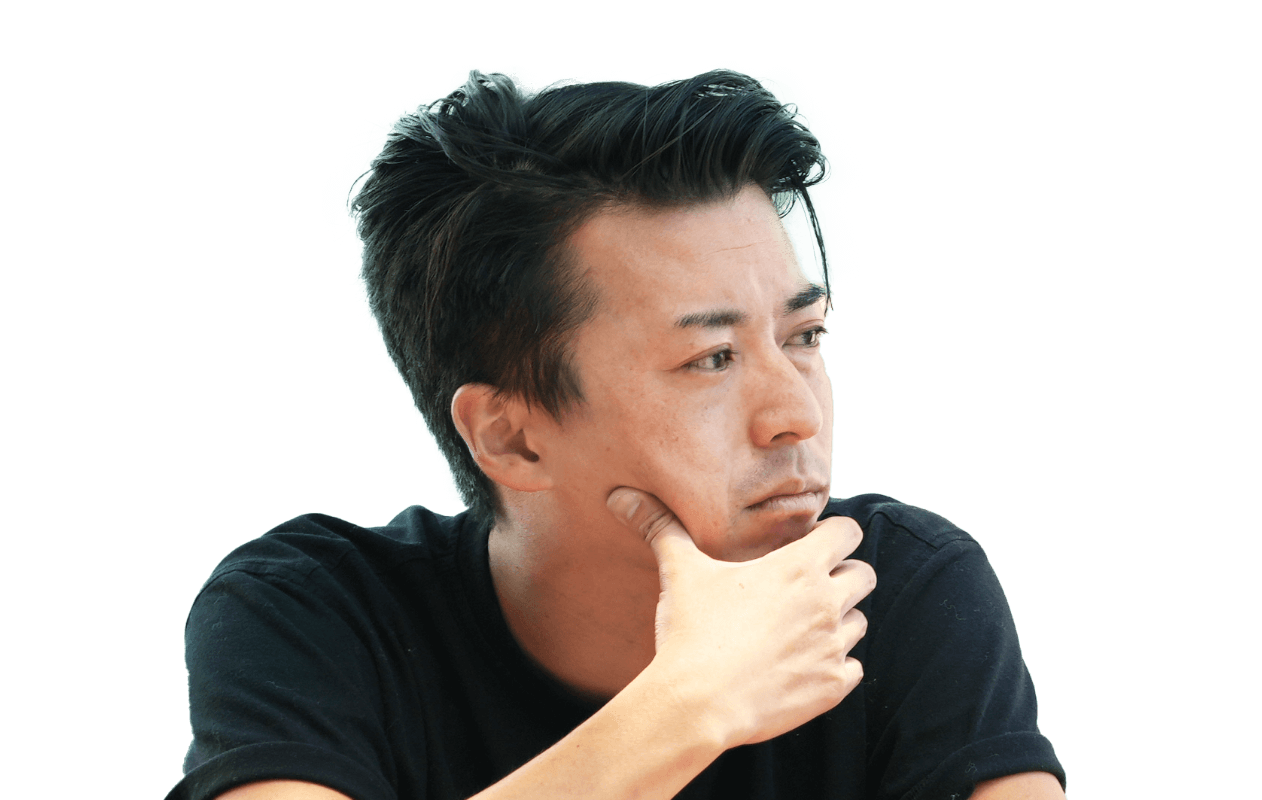
Engineer Interview
How to provide a wealth of
experience and emotions
during the finite amount of time
we have on this earth
Tsubasa Tsukahara
Job description: System & service design development
in the entertainment domain
Field of expertise: Human-computer interaction
Graduate School of Science and
Engineering; joined Sony in 2007


How did you get into your current
field of research?
The fascination of trying to
understand people through
interaction research
When I first joined Sony, I used my knowledge of chemistry,optics and physics to engage in the development of devices such as OLED displays. However, in the area of basic research, it might be 10 to 15 years before a finished product ever reaches a customer. Gradually, I became interested in the “touchpoints” in the technologies and products we develop that move people emotionally, in other words, I wanted to understand the people who use our devices, and the circumstances surrounding their use. Thus, the subject of my research shifted to human-computer interaction, which is concerned with the interface between people and devices. Human interaction is centered around delivering emotions, so it is a field of technology that has a strong affinity with entertainment. I also went to Sony’s bases for its game business in San Mateo, and for its entertainment business in Culver City, in an attempt to put the results of my research into practice. Incorporating the perspectives of CX (Customer Experience) and EX (Enterprise experience), which are extensions of interaction research, I am currently working on developing applications to bring technologies developed by R&D engineers to other business divisions, such as music and movies.


What kind of world do you hope
can be achieved through
the technologies you are researching?
Perfecting human-computer
interaction to create
a world full of joy
I want to increase the number of people who, at the end of their life, look back fondly on it and think, “I had a good life.” It would give me the greatest pleasure to know that my research into human-computer interaction has gone some way towards achieving that. I don’t have the talent or skill to make music, movies, or games, but I can help the creators that do. Through R&D, I hope to be able to continue providing creators with new technologies, using the knowledge and skills I’ve cultivated in various fields, and work together to create a world full of joy.

What words do you take to heart
in your daily research activities?
“Life is not about waiting for
the storm to pass…
it’s about learning to
dance in the rain”
This is something once said by the American singer-songwriter Vivian Greene. The research and development that we are engaged in on a daily basis is not always successful, and that’s because there is no correct answer. Sometimes things don’t work out even after you’ve invested a lot of time and effort in them. At those times, I remember these words, and try to frame it in a positive light, thinking of it as just one of life’s colorful experiences. I cheer myself up by reminding myself that I can make use of what I learned from that experience in my next endeavor.


